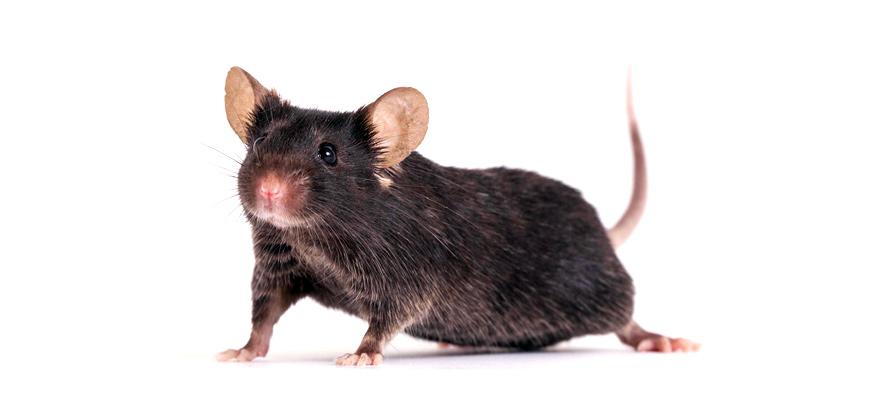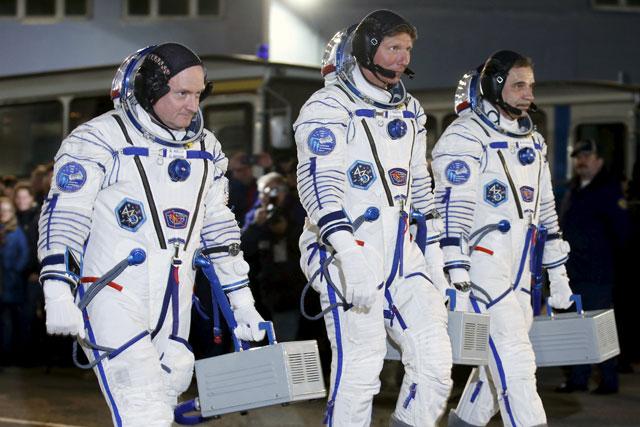You are here
Mighty mice’ launched into space to help researchers study muscle atrophy and bone degeneration
By The Hartford Courant (TNS) - Dec 17,2019 - Last updated at Dec 17,2019

A group of specially-bred “Mighty Mice” will spend 30 days in space to help researchers learn more about bone and muscle loss (Photo courtesy of JAX)
By Eliza Fawcett
HARTFORD, Connecticut — Forty mice were sent to the International Space Station on Thursday as part of a joint effort between the Jackson Laboratory for Genomic Medicine, UConn Health and Connecticut Children’s to better understand muscle atrophy and bone degeneration.
The mice were successfully launched from Cape Canaveral Air Force Station in Florida on SpaceX’s Dragon spacecraft on a Falcon 9 rocket at 12:29pm local time.
The so-called mighty mice were genetically engineered by the Jackson Laboratory’s custom breeding team in Bar Harbour, Maine, to lack myostatin and have about twice the average muscle mass. They will spend about four weeks in outer space, and the resulting data will help researchers explore how myostatin inhibitors could be used to treat muscle and bone loss.
The project is a collaboration between Dr Se-Jin Lee, a professor at the Jackson Laboratory and distinguished professor of genetics and genome sciences at UConn School of Medicine, and his spouse Dr Emily Germain-Lee, professor of paediatrics at the UConn School of Medicine and Division Head of Paediatric Endocrinology at Connecticut Children’s.
“This is a project that I’ve been trying to get off the ground, so to speak, for many, many years,” Lee said. “To see it all come together now is nothing short of amazing.”
Lee, who discovered the myostatin gene in 1997, was the first to show its role in regulating muscle growth.
“We are so excited to help advance our research findings both to help protect our astronauts travelling to space and to aid people here on Earth with serious health conditions that impact their muscle and bone strength and use, and most importantly their daily quality of life,” said Germain-Lee, who also heads Connecticut Children’s Centre for Rare Bone Disorders.
Lee and Germain-Lee are also working with the Jackson Laboratory to develop a curriculum around the project for Weaver High School and Kinsella Magnet School of Performing Arts in Hartford. Students will analyse data collected from space and conduct their own projects on muscular and bone degeneration, culminating in a presentation to scientists at the Jackson Laboratory in Farmington.
The animal rights group People for the Ethical Treatment of Animals raised concerns on Thursday about how the mice were bred and their use in the project.
“It would seem to us that from their beginning of their lives, these mice have known nothing but cruelty,” said PETA’s Vice President of Laboratory Investigations Dr Alka Chandna, adding that mice are mammals and can feel pain.
“The casual use of animals to modify the genetic integrity of their being and send them to space to do some vanity-driven project smacks to us of poor science and lack of consideration,” she said.
Related Articles
TOKYO — Male mice that spent more than a month in space were able to successfully reproduce back on Earth, a study has found, the first evid
The secret to a healthier life may lie in the guts of elite athletes.Scientists who studied marathon runners discovered a type of bacteria t
Two Russians and an American floated into the International Space Station (ISS) on Saturday, beginning what is to be a year away from Earth for two of them.



















